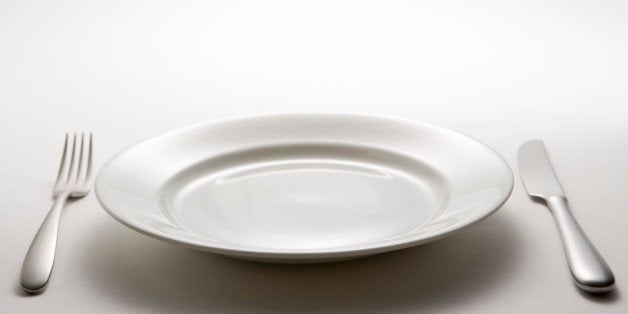
The image repeatedly attached to the new Dietary Guidelines for Americans (DGA) is one of puzzle pieces, in which foods -- and exercise -- fit in to create a healthful whole.
It's an apt image. Everything you eat matters, and you can't think of any one food without being reminded that it's just part of the puzzle. Eating patterns over a lifetime matter much more than each individual food, and this emphasis on pattern rather than on ingredients and nutrients can help steer us away from thinking that certain superfoods will cure all ills, while other foods are the kiss of death, and that supplements can fix a poor diet.
But a puzzle image can also symbolize something mystifying and unsolved, and there's a bit of that in the dietary guidelines, too.
So what's new? Not so much. The Dietary guidelines, published every 5 years since 1980, continue to urge us to eat a variety of vegetables, fruits, grains, at least half of them whole grains, fat-free or low fat dairy, protein and oils, and recommend limiting saturated fats and trans fats, added sugars, and sodium.
The main news is that for the first time the guidelines actually spell out what "limit added sugar" means (previous guidelines didn't have a specific upper limit):
"Consume less than 10 percent of calories per day from added sugars."
This advice is consistent with recommendations from the World Health Organization and with the American Heart Association's 9 teaspoons for men, 6 teaspoons for women as upper limit. The average American consumes double that amount.
But here's the thing: Most people don't know how many calories they should eat a day, and even fewer know how many they actually eat (counting calories isn't easy). And if they do know that number, and calculate 10 percent of that, now they need to figure out where this added sugar - in its many incarnations -- is hidden in packaged foods, because we do not add most of ourselves.
Could the guidelines have offered a less puzzling recommendation? If you dig deeper into the guidelines, you can find an illuminating figure, which shows that almost half of the added sugars in the American diet are from beverages.
And under that figure discreetly hides a simple recommendation"
"Individuals have many potential options for reducing the intake of added sugars. Strategies include choosing beverages with no added sugars, such as water, in place of sugar-sweetened beverages, reducing portions of sugar-sweetened beverages, drinking these beverages less often, and selecting beverages low in added sugars."
A more straightforward and less puzzling way to tip Americans towards limiting added sugar would have been to provide a recommendation such as: "choose drinks that contain no added sugars (most of the time)" and "eat sweets and desserts infrequently" -- which would fall in line with the DGA's other recommendations to eat a "variety of vegetables" and "fruits, especially whole fruits."
Instead the broadly communicated guideline is:
"Limit calories from added sugars and saturated fats and reduce sodium intake. Consume an eating pattern low in added sugars, saturated fats, and sodium. Cut back on foods and beverages higher in these components to amounts that fit within healthy eating patterns."
Which doesn't describe foods we know or patterns we can recognize -- it's a cryptic message about nutrients and ingredients presented in a rather vague way.
Dr. Ayala
Full disclosure: I co-founded Herbal Water Inc., which makes organic herb-infused waters that have zero calories and no sugar or artificial ingredients. I'm also a pediatrician and have been promoting good nutrition and healthy lifestyle for many years.